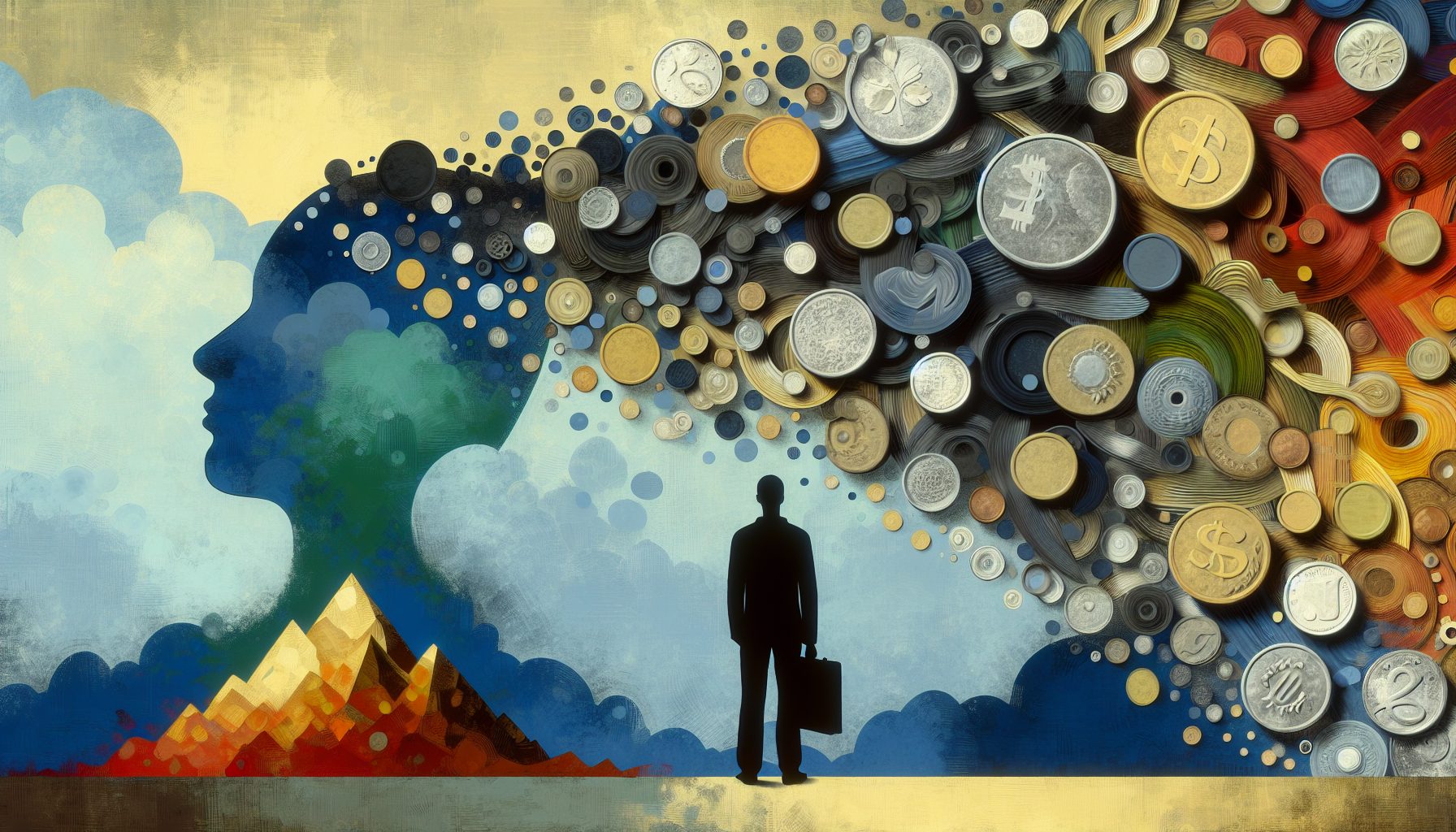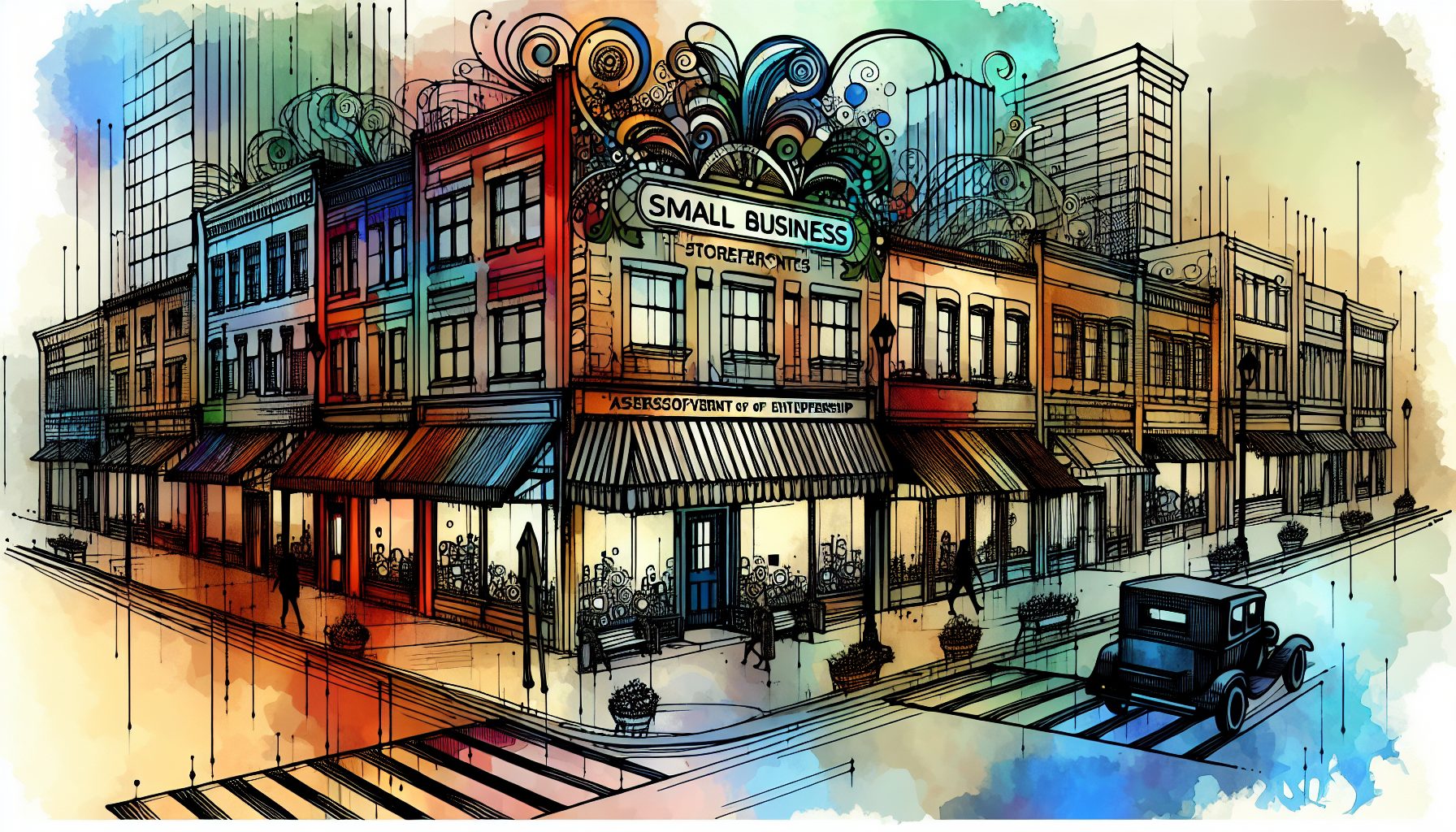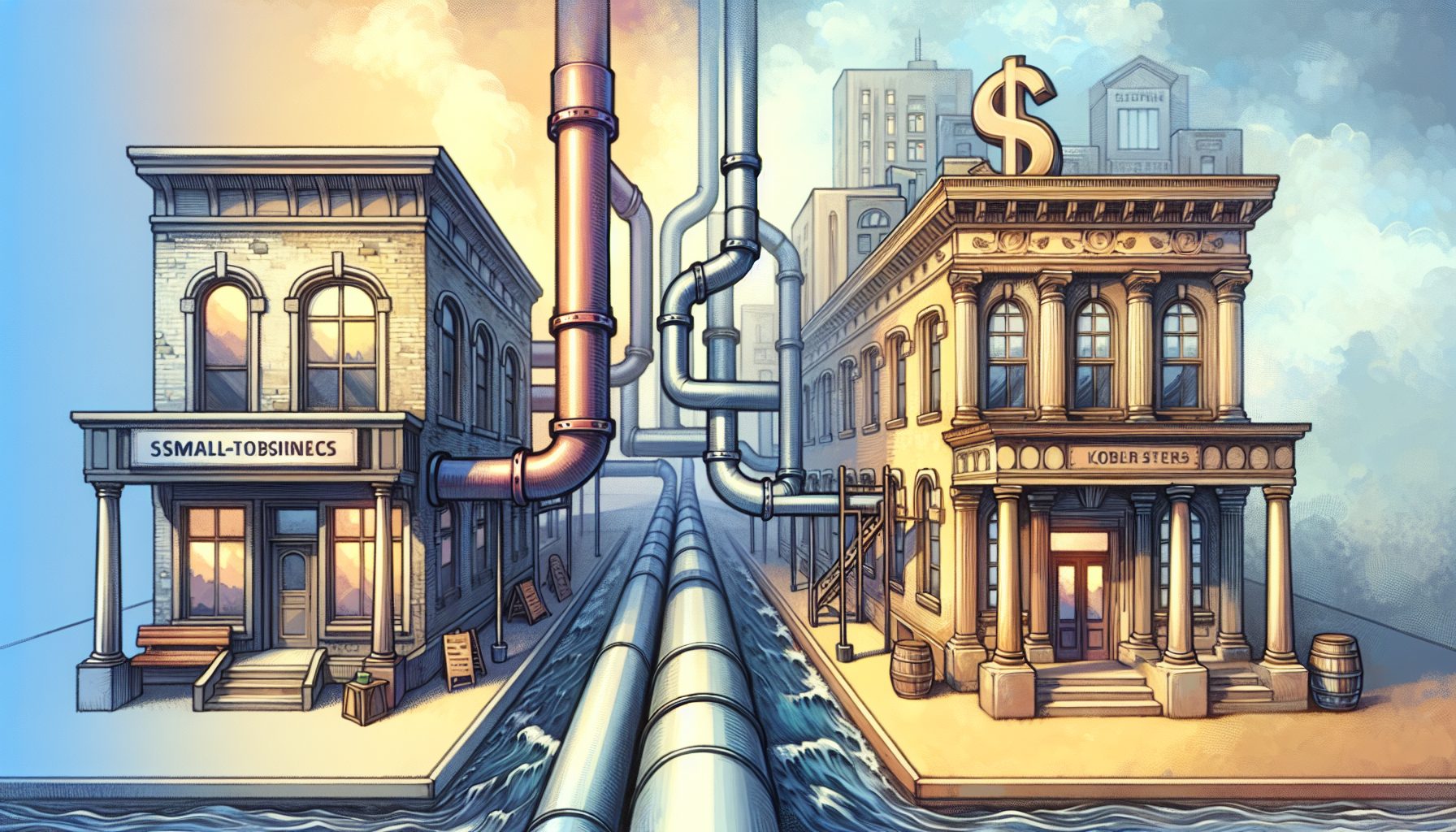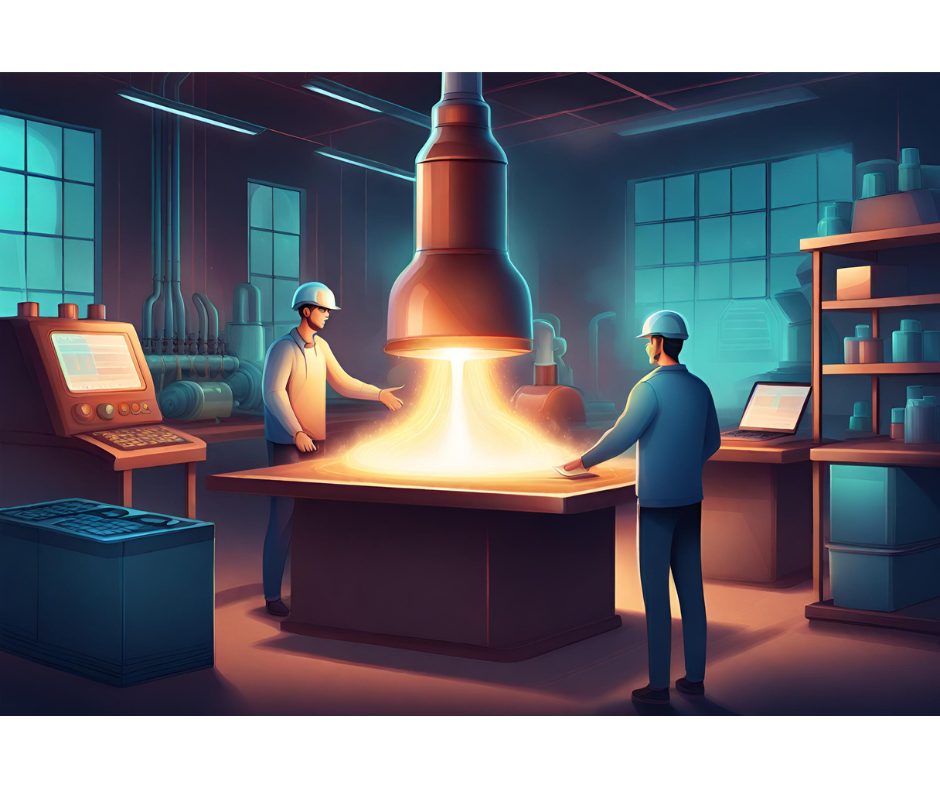In our economy, financial status significantly impacts one’s social setup. Lower income brackets experience a different financial realm due to their financial limitations, often relying on services that aren’t commonly used by individuals with higher earnings. This income difference widens the socioeconomic gap and dictates financial decisions out of necessity, rather than choice.
This often results in the majority of their income being used for essentials, leaving little room for savings or non-essential goods. Achieving financial independence thus becomes a daunting task than an achievable goal for many. Consequently, we need a diverse range of financial services to cater to this income divide better.
One such example is high-fee checking accounts. Finance specialist Janita Grift points out that people with lower incomes find it hard to maintain a substantial checking account balance. This results in them missing out on fee waivers tied to maintaining a minimum balance, leading them to pay high fees that eventually drain their finances. Many banks ignore the impact this has on their less financially equipped customers, focusing instead on maximizing their profits. Luckily, alternatives like credit unions have emerged, offering low-fee or even no-fee checking accounts for those on tight budgets.
Lower-income individuals also bear the brunt of unreliable or scarce public transport. They often resort to more expensive options like taxis or ride-hailing services, imposing more financial burdens.
Understanding economic hardships in lower income brackets
Grift, for instance, spent nearly $200 per month on ride-hailing services due to limited public transport schedules. The need for a comprehensive and reliable public transportation system is thus underscored. Without it, these individuals are forced to choose between spending more of their income on commuting or potentially limiting their chances of securing better-paying jobs. It’s time policymakers addressed these issues and developed affordable transport solutions.
Real Estate expert Andy Kolodgie echoes these sentiments, explaining that living in areas with sparse public transport can force individuals to spend excessively on taxis or maintaining gas-inefficient vehicles. This additional expense often falls disproportionately on those already financially struggling.
Beyond that, financially limited individuals often resort to pawnshops or second-hand stores for immediate relief, despite the questionable quality and durability of these goods. In extreme cases, they may resort to high-interest payday loans, trapping them in a vicious debt cycle. This leads to chronic financial instability, affecting their quality of life as they face hard choices between paying off debts or meeting basic needs.
By highlighting these issues, we can raise awareness of the systemic burdens placed on those in lower economic brackets. Recognizing these structures is the first step towards a more balanced socio-economic environment. Awareness fosters long-term solutions, promoting a more equitable socio-economic climate.








